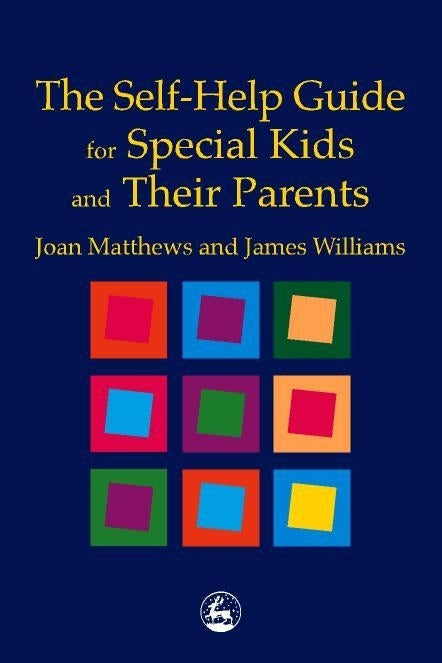
Press Reviews
Adoption Today
This book is essential for anyone with an autistic child, or one with a related handicap, teachers and social workers. It is written by the mother of an autistic son with some input from James, too. As the title suggests, it is a reference book rather than just for reading, but there is no jargon in it (I only had to look up the one word "echolia"), so makes for easy reading. It is broken up into 84 very short chapters, each stating a problem encountered by SKs (Special Kids) that wouldn't be a problem for NKs (Normal Kids), and how Joan and James remedied the problem. Most of the problems are ones recognised by the mother - eg. "touch sensitivity", "going to school" and "anger" - but James has added ones that he feels strongly about - "carelessness", "stomach-aches", "hating water"
Autism Newsletter
This book, written by local Northbrook resident James Williams and his mom, Joan Matthews, is that rare treasure - a book that gives us "neuro-typical" folks look at life through the eyes of a child with autism. However, whereas Temple Grandin and Donna Williams (among others) have become published authors as adults, and recall childhood experiences, James began writing his chapters as an 8-year-old! At the ripe old age of 11 he made additional observations that are included in the Self-Help-Guide. While over 30 of the short "chapters" are by James, many more are written by his mom, who seems very adept at understanding how her boy experiences things, while also being able to contrast the NP (normal person or non-neurotypical person) point of view with SP (special person, autistic, Asperger etc.)She also tackles topics not touched by James, and where we needed for clarification interjects her comments/paragraphs into chapters otherwise authored by James. The Result is a book of over 80 short chapters dealing with the NP and SP experience of topics as varied as: Being Obsessed with Perfection, Balance Problems, Hating Water, Stomach aches, Being Polite when Someone is Crying, Going to School, Being Flexible, etc, with both problems and potential solutions presented that can help us parents help our own special child to cope. For those of us (most of us) raising young kids with Autism, many of whom who cannot talk and write as well as James, this book is a god-send as it helps us understand how our kids may well be interpreting the world around them. Thanks for speaking up, James (and your mom) for the kids who can't communicate as well (and I am going to think twice about patting my son on the back from now on !)
Disability Times
The chapters cover various issues, and in a problem/solution format offer a spectrum of practical advice from how to adapt to unfamiliar food to being polite when someone is crying. Detailed self-help guides for language and social skills teaching are included, as is advice for special teachers. The book is written with humour and frankness, but above all optimism: we are introduced to James as an eight-year-old whose `alien status' made school too stressful for him to attend; we leave him as a fully mainstreamed eleven-year-old with friends and a social life... This book offers reassurance, help and hope to anyone with an autistic diagnosis, their families and those whose job it is to educate or help them.
